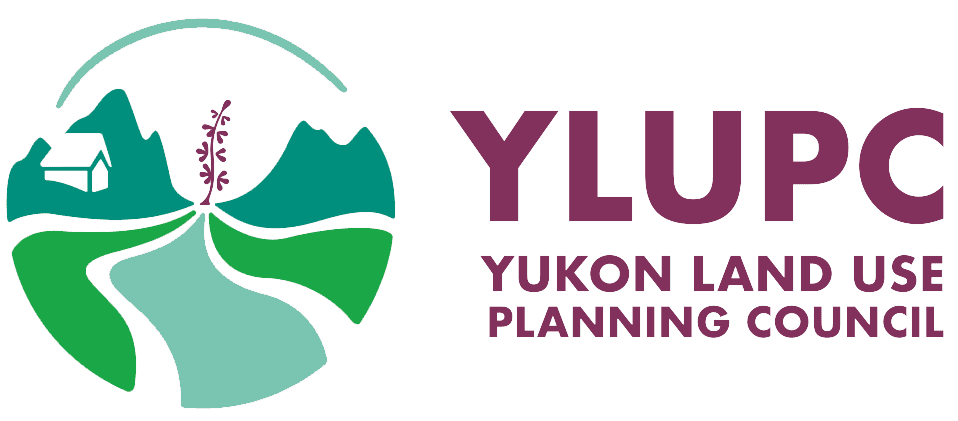Don Reid – Wildlife Ecologist, Wildlife Conservation Society Canada with contributions from: Nancy Fresco, SNAP, University of Alaska Fairbanks Donald Reid, Wildlife Conservation Society Canada, Whitehorse Hilary Cooke, Wildlife Conservation Society Canada, Whitehorse
Identification of zones of high conservation value, and designation of some as high priority conservation lands, are key features of regional land use planning. This generally involves mapping vegetation communities (also termed land covers or ecosystems) as habitats for a suite of focal species. Vegetation communities are changing with climate change, because temperature, moisture and natural disturbance frequently define distribution limits for many plants. Capitalizing on an existing modeled dataset for Yukon from Scenarios Network for Alaska and Arctic Planning (SNAP), we examine shifts in the distribution of 18 clusters of climate parameters, and the vegetation communities currently associated with them (collectively termed “cliomes”) across three, 30-year time steps, from the present through the 2090s.
By the 2090s, Yukon may lose seven cliomes and gain one. Three regional changes, if accompanied by vegetation redistribution, represent biome shifts: complete loss of climate conditions for arctic tundra in north Yukon; emergence of climate conditions supporting grasslands in southern Yukon valleys; reduction in climates supporting alpine tundra in favour of boreal forests types across mountains of central and northern Yukon. Higher elevations in southern Yukon are projected to change least in climate. The northernmost parks, and those <100 km2 in size, show the greatest turnover in cliomes over time. This analysis can assist with: planning connectivity between protected areas; identifying novel conservation zones that will maximize representation of habitats during the emerging changes; designing plans, management and monitoring for individual protected areas.
